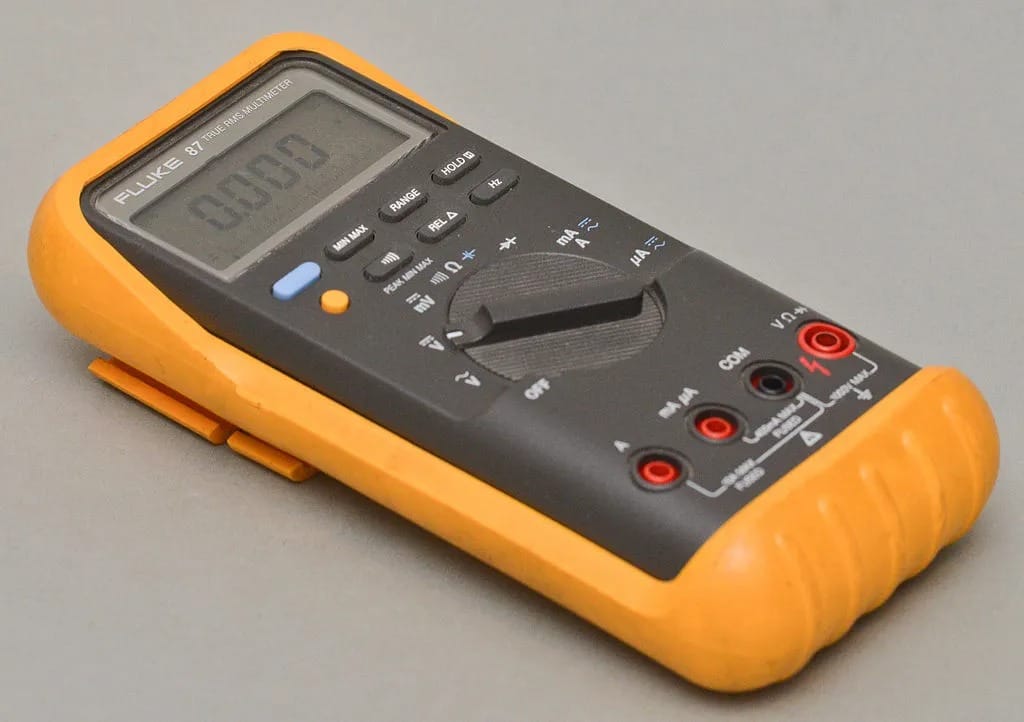764
Find out what a multimeter is, how it works, and what it can be used for. Our guide explains the different types of multimeters, their applications, and what you should consider when buying one.
What is a multimeter and how does it work?
Multimeters are indispensable tools for electricians, engineers, and hobbyists. They are used to measure various electrical quantities such as voltage, current, and resistance. But what exactly is a multimeter and how does it work?
- A multimeter is an electronic measuring device that combines several functions in a single device. It can measure voltages (volts), currents (amps), and resistances (ohms), which is why it is often referred to as a multimeter. Its ability to perform various measurements makes it a versatile tool for both professional and private users. Many modern multimeters also offer functions such as continuity testing (with an acoustic signal), diode testing, capacitance measurement, frequency measurement, and sometimes even temperature measurement.
- There are two main types of multimeters: analog and digital. Analog multimeters use a pointer that moves on a scale to display the measured value. Digital multimeters, on the other hand, display the measured values on an LCD display. Digital models are widely used today because they are more accurate and easier to read than their analog counterparts. Digital multimeters (DMMs) are also more robust against mechanical influences and often offer automatic range selection (auto range), which makes them easier to use.
- A multimeter works on the basis of electrical circuits that enable different measurements depending on the device setting. By connecting the measuring tips to the points to be tested, the device can record and display the electrical quantity. This versatility allows you to quickly switch between different measurement modes, which is particularly helpful for complex diagnoses. For voltage and resistance measurements, the multimeter is connected in parallel to the object being measured, whereas for current measurements it is connected in series.
- In addition to the basic functions, many modern multimeters offer additional features such as the measurement of capacitance, frequency, or temperature. Some devices also have special modes for specific applications, such as testing diodes or transistors. These enhancements make multimeters an essential part of any electrical engineering toolbox.

